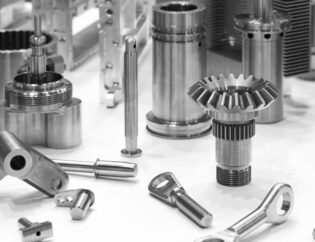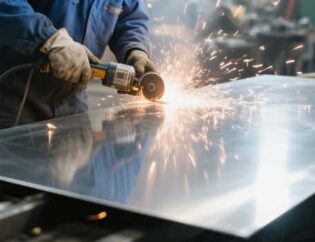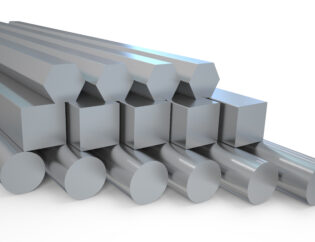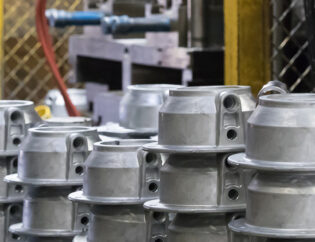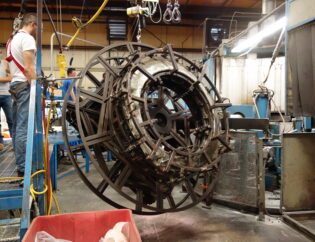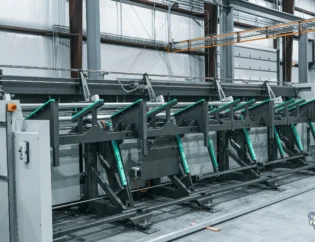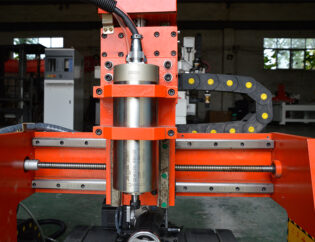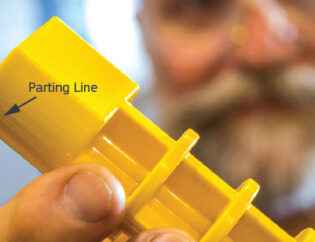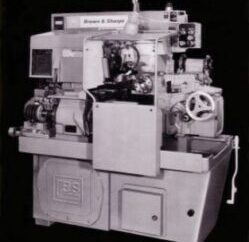CNC milled wood represents a fascinating intersection of technology and craftsmanship, transforming how we approach woodworking. This guide delves into the intricacies of CNC milling, offering insights into its processes, benefits, and applications. Understanding this technology is essential for both hobbyists and professionals looking to enhance their woodworking projects.
Readers can expect to learn about the various types of CNC machines, the materials best suited for milling, and the design considerations that lead to successful outcomes. We will explore the advantages of precision and efficiency that CNC milling brings to woodworking, making it a valuable tool in modern fabrication.
Additionally, this guide will cover practical tips for setting up a CNC milling operation, including software recommendations and best practices for maintenance. By the end, readers will be equipped with the knowledge to confidently embark on their CNC milling journey, unlocking new creative possibilities in woodworking.
Comprehensive Guide to CNC Milled Wood
In this guide, I’ll share my hands-on experience with the most popular wood CNCs available, comparing them across important factors like material compatibility, ease of use, and size so you can find the right pick for you and your project.
Understanding CNC Milled Wood
CNC (Computer Numerical Control) milling is a process that uses computer-controlled machines to cut and shape wood into precise dimensions. This technology has revolutionized woodworking, allowing for intricate designs and high levels of accuracy that are difficult to achieve with traditional methods. CNC milling is widely used in furniture making, cabinetry, and artistic wood projects.
Technical Features of CNC Routers for Wood
When selecting a CNC router for woodworking, it’s essential to consider various technical features that can impact performance. Below is a comparison table highlighting key specifications of popular CNC routers:
| Feature | Carbide 3D Shapeoko 4 | BobsCNC Evo 4 | Axiom Iconic Series | BobsCNC KL744 | ZMorph Fab |
|---|---|---|---|---|---|
| Price | Starting at $1,525 | Check price at Amazon | Starting at $4,000 | Starting at $2,875 | Full set for $3,980 |
| Materials | Wood, Plastics, Soft Metals | Wood, Plastics, Soft Metals | Wood, Plastics, Soft Metals | Plastics, Wood | Plastics, Wood, Soft Metals |
| Work Area | 17.5″ x 17.5″ x 4″ | 610mm x 610mm x 85mm | 28.4″ x 37″ to 28.4″ x 61″ | 48″ x 48″ x 5″ | 235mm x 250mm x 165mm |
| Accuracy | 0.005″ | 0.002″ to 0.004″ | Not specified | 0.002″ to 0.004″ | 0.2mm |
| Assembly Time | Around 4 hours | Around a day | Not specified | Around 40 hours | Not specified |
Types of CNC Routers for Wood
CNC routers come in various types, each designed for specific applications and user needs. Below is a comparison table of different types of CNC routers:
| Type | Description | Best For |
|---|---|---|
| Entry-Level CNC Routers | Affordable and user-friendly, ideal for beginners. | Hobbyists and DIY projects |
| Professional CNC Routers | High precision and advanced features, suitable for commercial use. | Professional woodworkers |
| Multifunction CNC Routers | Capable of performing multiple tasks like milling, engraving, and 3D printing. | Versatile projects |
| Large Format CNC Routers | Designed for larger workpieces, offering extensive cutting areas. | Industrial applications |
| Desktop CNC Routers | Compact and portable, perfect for small workshops. | Small-scale projects |
Advantages of CNC Milled Wood
CNC milling offers several advantages over traditional woodworking methods:
- Precision: CNC routers can achieve high levels of accuracy, ensuring that each piece is cut to exact specifications.
- Efficiency: The automated nature of CNC milling allows for faster production times, reducing labor costs.
- Complex Designs: CNC technology enables the creation of intricate designs that would be challenging to replicate manually.
- Consistency: Each piece produced is identical, ensuring uniformity in large production runs.
Considerations When Choosing a CNC Router
When selecting a CNC router for woodworking, consider the following factors:
– Budget: Determine how much you are willing to invest in a CNC router. Prices can vary significantly based on features and capabilities.
– Material Compatibility: Ensure the router can handle the types of wood and other materials you plan to work with.
– Ease of Use: Look for routers with user-friendly software and controls, especially if you are a beginner.
– Support and Resources: Choose a brand that offers good customer support and access to learning resources, such as tutorials and forums.
Conclusion
CNC milling has transformed the woodworking industry, providing tools that enhance precision, efficiency, and creativity. Whether you are a hobbyist or a professional woodworker, understanding the different types of CNC routers and their features will help you make an informed decision. For more information on CNC routers, visit websites like www.cncsourced.com, www.cnccookbook.com, www.cnc-step.com, and www.americanrotary.com.
FAQs
1. What is the main advantage of using a CNC router for woodworking?
CNC routers offer high precision and efficiency, allowing for intricate designs and faster production times compared to traditional methods.
2. Can I use a CNC router for materials other than wood?
Yes, many CNC routers can handle various materials, including plastics and soft metals, depending on their specifications.
3. How difficult is it to learn to use a CNC router?
While there is a learning curve, many CNC routers come with user-friendly software and resources to help beginners get started.
4. What should I consider when choosing a CNC router?
Consider your budget, material compatibility, ease of use, and the level of customer support available.
5. Are there any safety precautions I should take when using a CNC router?
Yes, always wear safety goggles and a mask, ensure proper dust collection, and follow the manufacturer’s safety guidelines to prevent accidents.

